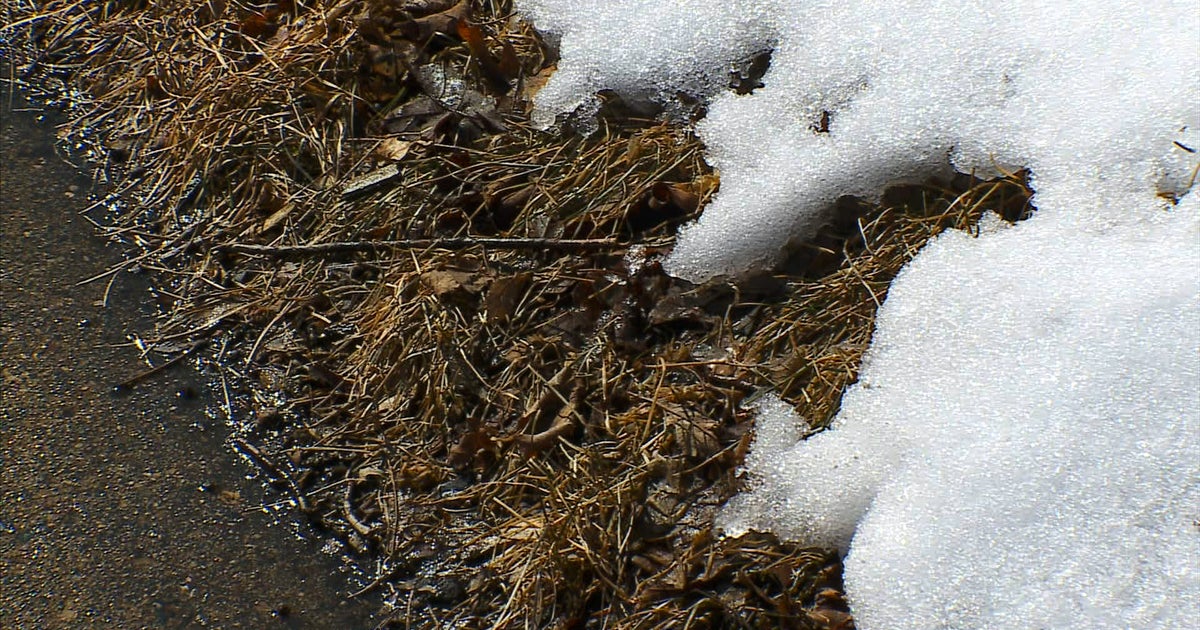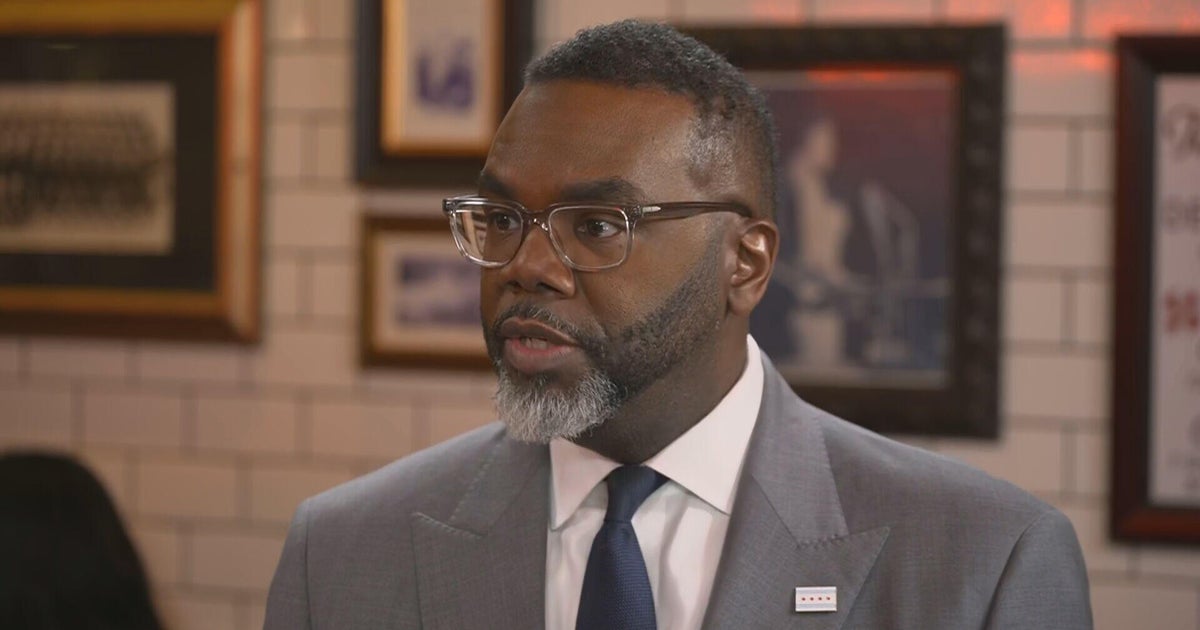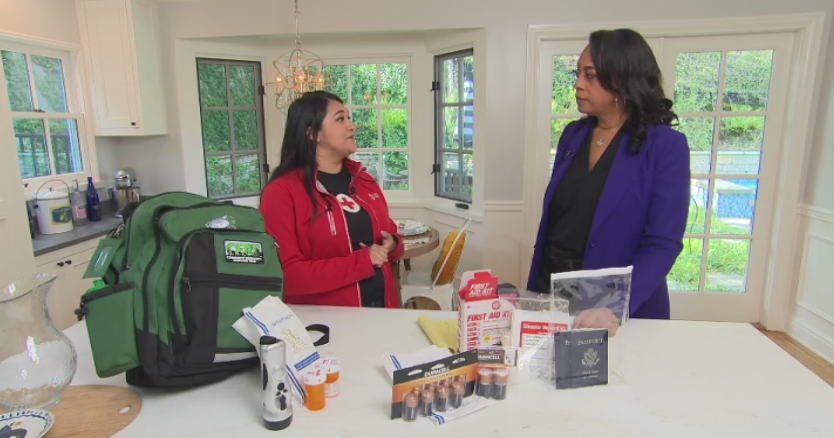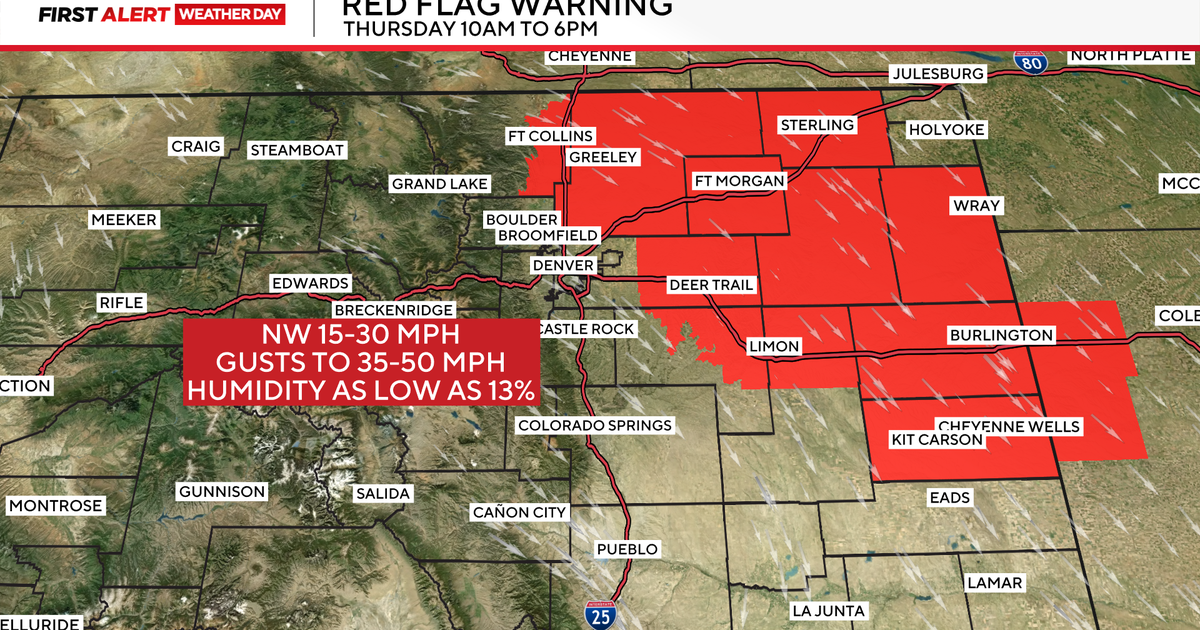Will climate change put the Chicago area at heightened risk for hurricanes?
CHICAGO (CBS) – Historic Hurricane Milton slammed into and through Florida earlier this month, the fastest on record to intensify into Category 5 in the Gulf of Mexico.
Milton ravaged the heart of Florida just two weeks after unprecedented Helene stretched over 500 miles from Tallahassee to the Southern Appalachians. The two hurricanes killed over 250 people, decimating infrastructure and cutting off communities from access to resources.
Helene's unusual path brought tropical flooding to inland regions not typically at risk. It's a stark reminder that climate disasters can happen anywhere.
Human-caused climate change fueled Milton's rapid intensification, according to Climate Central. As the impacts of climate change get worse faster, what, if anything, could reach Illinois now or in the future from hurricanes?
How possible is a hurricane In Illinois?
While hurricanes haven't directly hit Illinois, tropical storms and remnants of them can leave an impact.
"We felt Helene in Illinois," Donald Wuebbles, professor of Atmospheric Science at the University of Illinois at Urbana-Champaign, said.
Helene brought strong winds and heavy rain to Central and Southern Illinois. Chicago saw 40 mph winds and scattered showers.
"Going back in historical records, what we need to be worried about the most is heavy rainfall from these storms," said Stephen Nesbitt, professor and head of the Department of Climate, Meteorology, and Atmospheric Sciences (CliMAS) at the University of Illinois Urbana-Champaign.
In 2008, for example, Hurricane Ike and Pacific Tropical Storm Lowell brought over 8.5 inches of rain to Chicago. Rivers flooded, streets and bridges were closed, and some areas were submerged in over 4 feet of water. A state of emergency was declared for all of Illinois.
According to Wuebbles, several variables play a role in where and how far inland a hurricane goes: its path, size, moisture content, and speed.
"As these storms carry more moisture under global warming, we might see inland impacts grow even more," Nesbitt said.
According to an analysis from the Berkeley National Laboratory, Helene was 20 times more intense because of climate change. Climate change also caused up to 50% more rainfall in some parts of Georgia and the Carolinas from Helene, according to that same analysis.
According to World Weather Attribution, due to human-driven climate change, the rainfall from Milton was up to 30% more intense, twice as likely, and warmer.
The economic impact of hurricanes
Although damage is still being assessed, Accuweather estimated that Helene cost between $225 and $250 billion. It was the second deadliest Hurricane in the last 50 years, after Hurricane Katrina.
"The economic consequences are just going to get much larger. Aside from climate change, we also have population growth in vulnerable areas," Robert Rauber, Climate, Meteorology and Atmospheric Sciences professor at UIUC said.
Outside of Florida, only 1% of homeowners hit by flooding from Helene had flood insurance, according to the Insurance Information Institute.
An analysis by CBS News Chicago shows that statewide, as of July 2023, roughly 33,000 homeowners in Illinois have an active flood insurance policy. According to First Street data, this is despite over 150,000 properties currently at risk for flooding in Cook County alone.
"For these rapidly intensifying storms, you don't have a lot of lead time to evacuate people. I mean, it's a compounding disaster that is going to cause a lot more economic harm," Nesbitt said.
In addition to the immediate impacts, there are other ripple effects to the supply chain and resources. Farmers in Central Illinois get most of their phosphate, a crop nutrient, from plants in Tampa and Orlando. Ahead of the fall harvest at the start of November, phosphate supply is limited and more expensive because of the storms.
Hurricane Helene damaged a plant in North Carolina, worsening a nationwide shortage of IV fluids. As a result, hospitals are still postponing some surgeries and other procedures. Around 60% of the nation's IV supplies had relied on production from the plant before the storm damaged it.
Do you have an emergency preparedness kit?
"Everybody needs to have a disaster plan," Rauber said, regardless of where a person lives.
Rauber suggested taking photos of everything in and outside your home, in case of a disaster, to show insurance providers what exactly is damaged.
The Illinois Emergency Management Agency (IEMA) has a Severe Weather Preparedness guide that covers what to do before, during, and after a tornado, thunderstorm, or flooding.
IEMA recommends having at least three days' worth of nonperishable food, water, and other day-to-day necessities in an Emergency Supply Kit.
A full list of recommended resources in the kit can be accessed here.
What climate crises does the future hold?
The ocean is the planet's largest carbon sink, absorbs excess heat and energy released from rising fossil fuel emissions trapped in the Earth's system. According to NASA, the ocean has absorbed about 90% of the earth's warming, which has caused the sea temperatures to rise.
The change in ocean temperatures during Helene and Milton were 800 times more likely due to climate change, according to Climate Central. Hotter ocean temperatures fuel more intense storms, more often.
"There's a lot of extra heat that can be brought up into the storm. As you get increased evaporation in general, a warmer atmosphere holds more water vapor, and that puts more energy into the atmosphere, and that extra energy is what's helping in producing these very intense storms," Wuebbles said.
"One or 2 degrees make a heck of a difference when you talk about a storm's intensity, whether ice sheets will melt, or whether the coral reef survives. It's really, really, very sensitive," Rauber said.
A new study found that, unlike the ocean, trees and land absorbed almost no carbon last year, something that was not factored into previous climate models, suggesting that global heating might accelerate even faster.
"There will be a lot of consequences, some of which I don't think we've even begun to anticipate yet, that are going to ultimately lead to a different world than the one we're in today," he said.
Illinois does have a water plan task force that has created a seven-year flood damage mitigation plan in 2022. At the community level, scientists at the Argonne National Laboratory have partnered with organizations like the Greater Chatham Initiative to seek ways to help build weather-resilient communities.
For decades, Wuebbles has been one of the climate scientists who have warned about the climate crisis getting worse. Overwhelmingly, the science says the crisis will continue to get worse faster, but experts say whether we can mitigate it fast enough is the crucial unknown factor.







